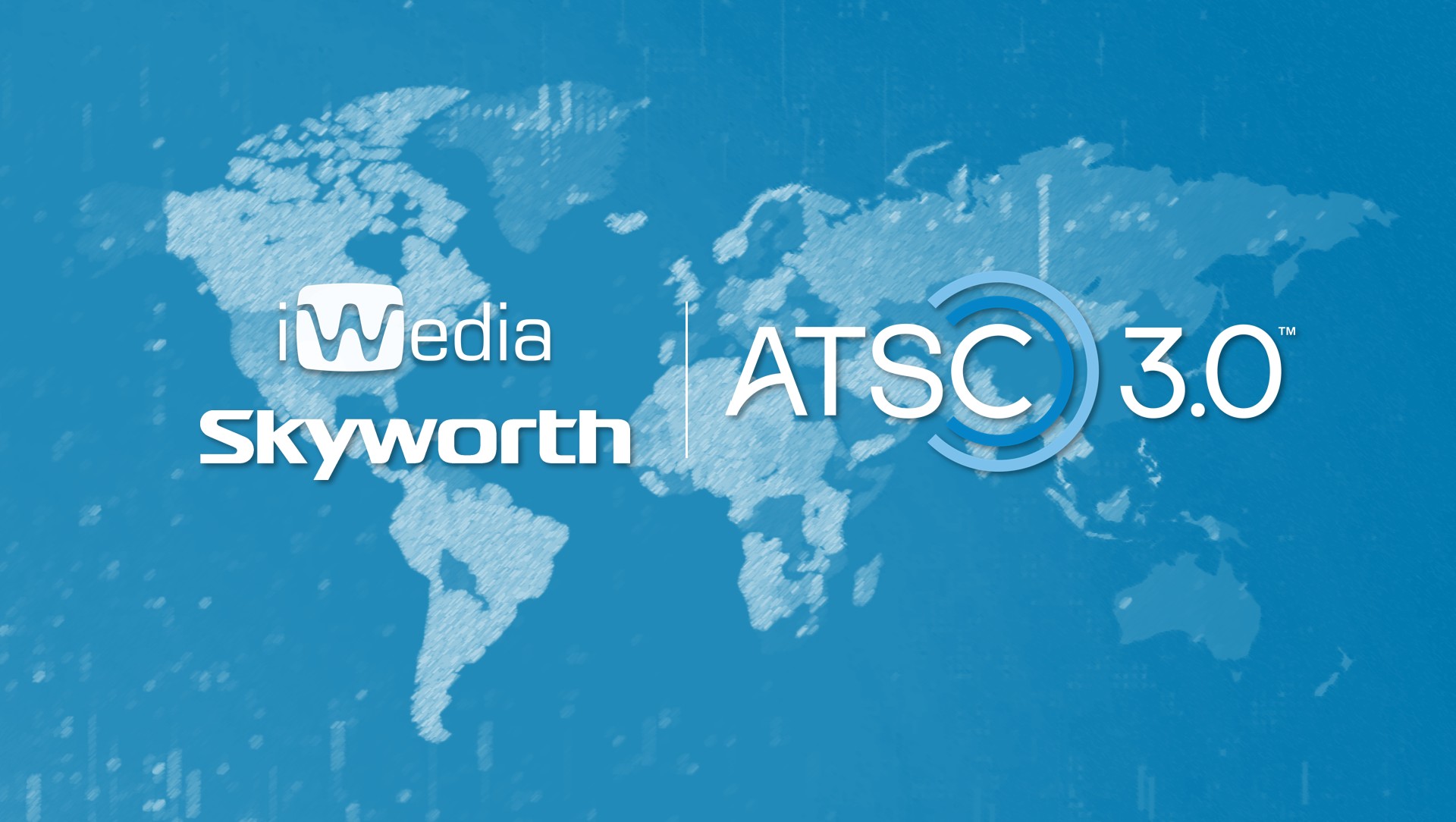American Airlines has begun testing Wi-Fi Internet access on a limited number of flights on San Francisco/New York, Los Angeles/New York and New York/Miami routes.
Unlike the now defunct Boeing Connexion service, which used satellites and required a tracking antenna, the American Airlines system uses 800 MHz ground stations. The ground stations use EVDO technology, similar to the terrestrial wireless services offered by Verizon and Sprint. Passengers use Wi-Fi to connect to the radio in the plane that’s communicating with the ground stations. In addition to less complicated, lower-weight electronics on the planes, using ground stations rather than satellites shortens latency and allows the use of VPN for security.
Aircell is providing the ground-air links through its GoGo in-flight service. The system should work with Wi-Fi devices supporting 802.11a/b/g. Supported browsers include Internet Explorer 6 or 7, Mozilla Firefox, or Safari on Apple OS X.
During this test phase, the service is free. Once regular service begins, the price will be $12.95 on flights longer than three hours and $9.95 on flights less than three hours. E-mail is given priority in the system. Since the bandwidth has to be shared among all passengers using the service, don’t expect it to work with video streaming.
Wall Street Journal technology columnist Walt Mossberg tested the service on a business jet with AirCell GoGo Wi-Fi service. A podcast is available describing his experience testing a variety of devices with the service. He found download speeds averaged around 500-600 kbps while upload speeds were 250-300 kbps. All VoIP services are blocked, so you shouldn’t have to worry about your seatmate chatting on Skype throughout the flight!
The GoGo Web site has more information about the service.
Virgin America plans to offer GoGo service in the future. Southwest is also looking at adding Internet access on some of its flights, apparently by using satellite links.
The professional video industry's #1 source for news, trends and product and tech information. Sign up below.

Doug Lung is one of America's foremost authorities on broadcast RF technology. As vice president of Broadcast Technology for NBCUniversal Local, H. Douglas Lung leads NBC and Telemundo-owned stations’ RF and transmission affairs, including microwave, radars, satellite uplinks, and FCC technical filings. Beginning his career in 1976 at KSCI in Los Angeles, Lung has nearly 50 years of experience in broadcast television engineering. Beginning in 1985, he led the engineering department for what was to become the Telemundo network and station group, assisting in the design, construction and installation of the company’s broadcast and cable facilities. Other projects include work on the launch of Hawaii’s first UHF TV station, the rollout and testing of the ATSC mobile-handheld standard, and software development related to the incentive auction TV spectrum repack. A longtime columnist for TV Technology, Doug is also a regular contributor to IEEE Broadcast Technology. He is the recipient of the 2023 NAB Television Engineering Award. He also received a Tech Leadership Award from TV Tech publisher Future plc in 2021 and is a member of the IEEE Broadcast Technology Society and the Society of Broadcast Engineers.
